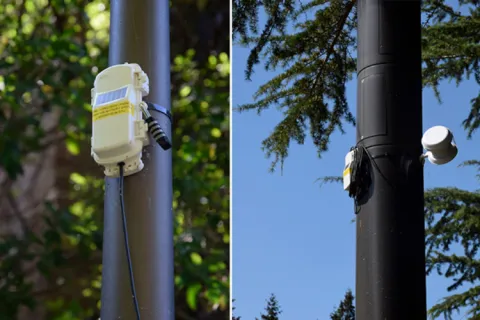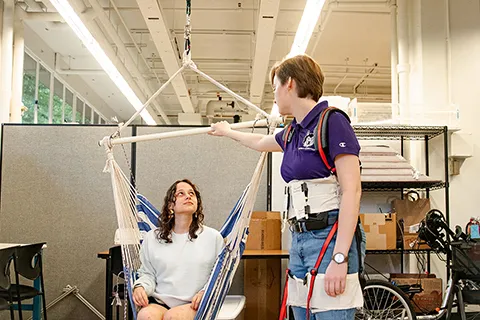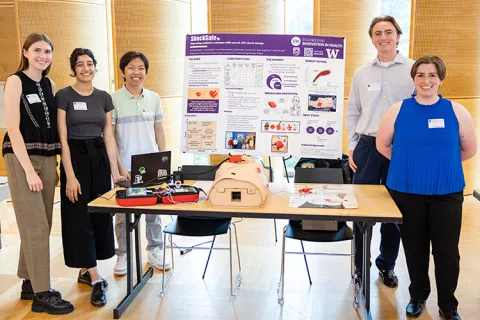Bunafr
Development of new smoke suppression material
During coffee roasting smoke is generated. There are existing smoke suppression methods but they all have drawbacks - cost, and maintenance. Bunafr is in need of a material or combination of materials that suppress the smoke even at the darkest level of coffee roasting, that has long life before needing replacement (ideally no replacement), that is cheap to make, and that is easy to maintain. This student team will work to achieve smoke suppression required for coffee roasting at the lowest cost with the lowest cost possible and the least amount of maintenance required. Through their work, this student team would be helping to make a critical feature of coffee roasting more accessible. Smoke suppression is one of the top three features to democratize coffee roasting; today, no consumer appliance has this feature. By making this feature using inexpensive and easy-to-access materials, the student team will be helping to provide coffee roasting capability to a wider consumer base, which will transform the industry by empowering consumers to define their own cup, at lower cost. It will also empower farmers with much higher margins, and reduce the carbon footprint of coffee, all made possible by simplifying and reducing the coffee supply chain from 25 different touch points between consumer and producer to 5 touch points. The requirements of smoke suppression will be defined more solidly as the project kicks-off; however, at a high level, when someone is roasting coffee in a modern, compact apartment, with all doors and windows closed, coffee roasting anywhere from light roast to french roast should not trigger a smoke alarm. This student team will conduct testing at the most extreme level as well as most representative level in a consumer kitchen. The outcomes this student team will work to achieve include: a) smoke suppression efficacy as defined by the smoke detector in the worst case, b) durability of the smoke material, c) cost of the material, d) possibility of making the material available at the large scale. This student team will work to invent a new smoke suppression material or to combine currently existing smoke suppression materials that are easily accessible and can last more than 100 roasts (even better if we can clean and resuse them), and are at a cost of less than $5.
Faculty Adviser
Ben Rutz,
John C. Berg Endowed Assistant Teaching Professor in Interfacial and Colloid Science,
Chemical Engineering
Students
Emma Pyke
Kijung Lee
Related News

Fri, 09/20/2024 | UW Civil & Environmental Engineering
Smarter irrigation for a greener UW
A new project combines satellite data with ground sensors to conserve water and create a more sustainable campus environment.

Mon, 09/09/2024 | UW Mechanical Engineering
Testing an in-home mobility system
Through innovative capstone projects, engineering students worked with community members on an adaptable mobility system.

Mon, 08/19/2024 | UW Mechanical Engineering
Students strive to ensure accurate AED shock dosage
ShockSafe, developed by students with the help of mentors from Philips and Engineering Innovation in Health (EIH), can distinguish between children and adults during cardiac arrest emergencies.

Wed, 08/07/2024 | Snohomish County News
Snohomish County, University of Washington partnership boosts efficiency in enterprise scanning center
UW Industrial and Systems Engineering Capstone Project set to save Snohomish County over $40,000 annually.